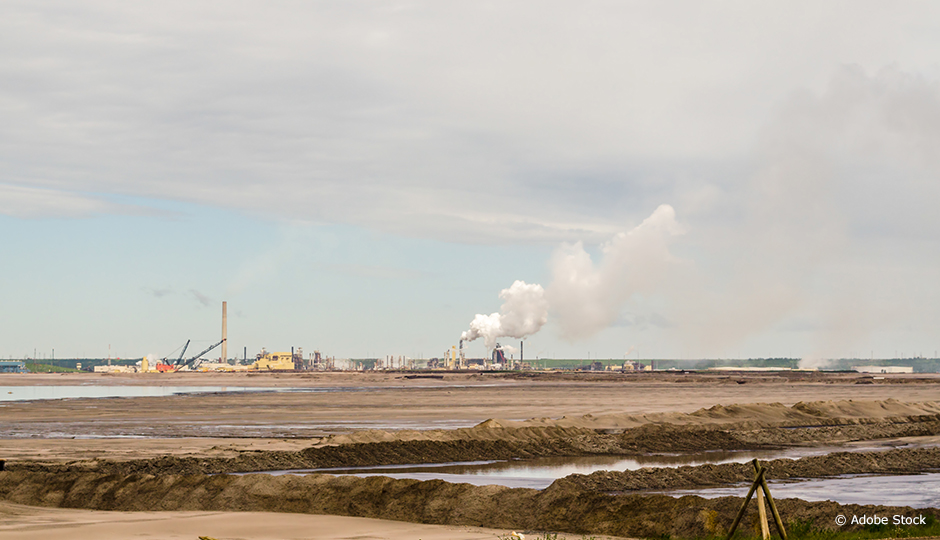Alberta’s oil sands are believed to be one of the largest sources of secondary organic aerosols in North America, pollutants which, according to the World Health Organization, cause increased rates of lung cancer, asthma and heart disease. The Athabasca deposit is estimated to emit 45 to 84 tonnes of these fine particles produced by chemical reactions between various gases and the sun’s rays. That is as much as some large cities, such as Toronto. These organic aerosols affect not only the workers at the site, but also the surrounding areas, as they travel as far as the neighbouring province of Saskatchewan!
Currently, secondary organic aerosol emissions are not correctly predicted by air quality models.
Currently, secondary organic aerosol emissions are not correctly predicted by air quality models. Patrick Hayes, a researcher in the Department of Chemistry at Université de Montréal, wanted to fill this important gap. The Athabasca deposit offers a great opportunity to study the chemistry behind these pollutants.
With the help of his team, the researcher used air samples collected at the site by collaborators from Environment and Climate Change Canada (ECCC) to create digital modules that accurately predict secondary organic aerosol levels. In particular, he adapted the chemical parameters used by the scientific community to these particles in order to analyze their formation, reactivity and mode of transport. He then validated the accuracy of his modules using measurements taken by ECCC at other sites. Given the conclusive results of this colossal work, which involved tons of data for hundreds of different chemical compounds, the modules were added to the federal government's air quality prediction model. The researcher is now using them to study other sources of fine particulate matter.




